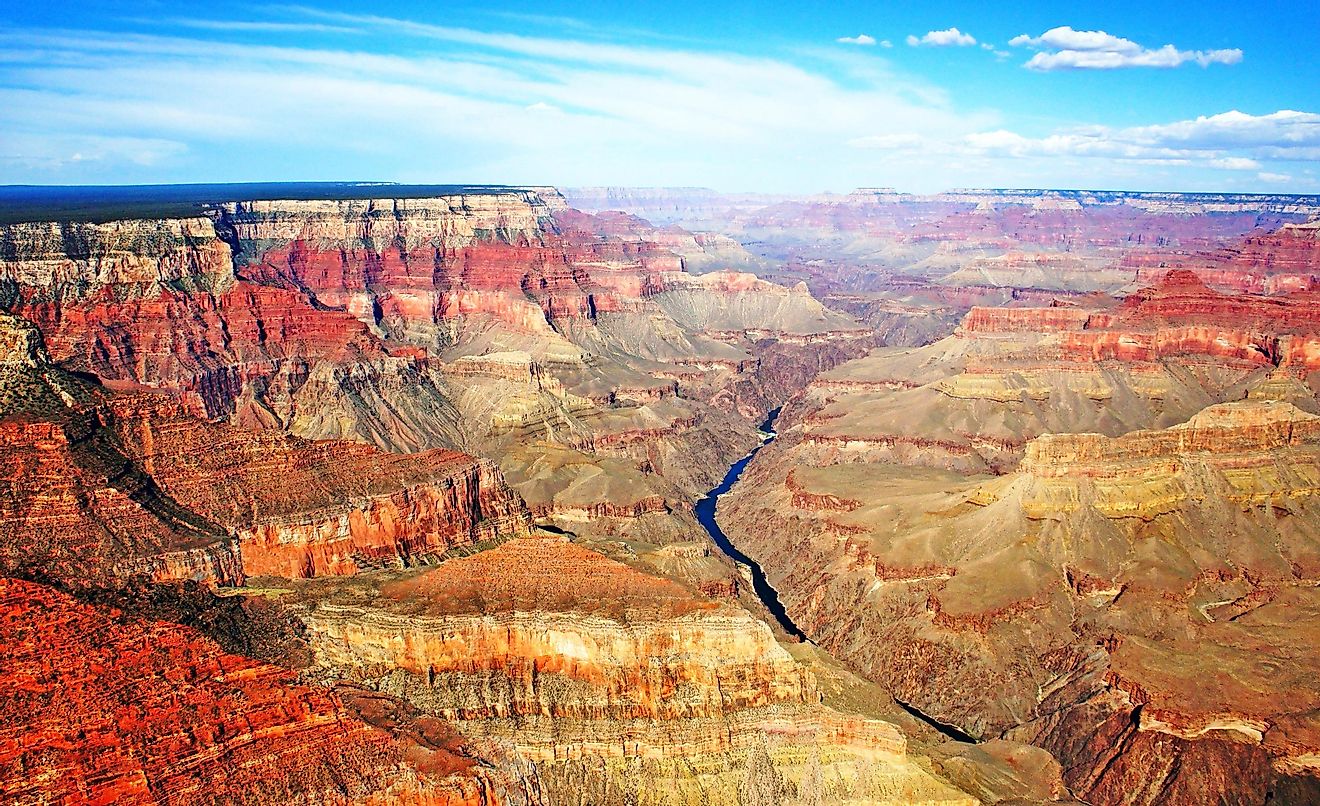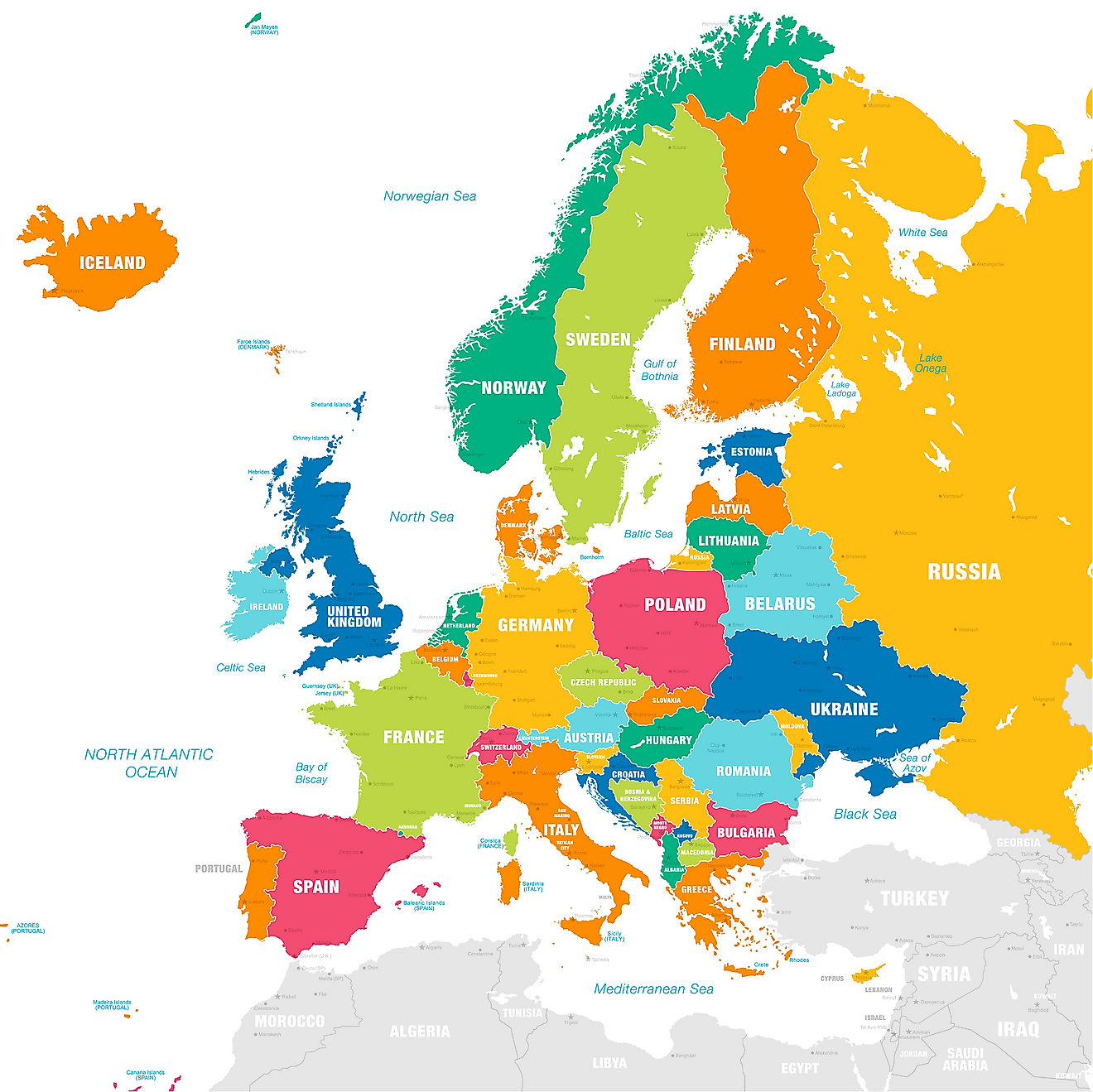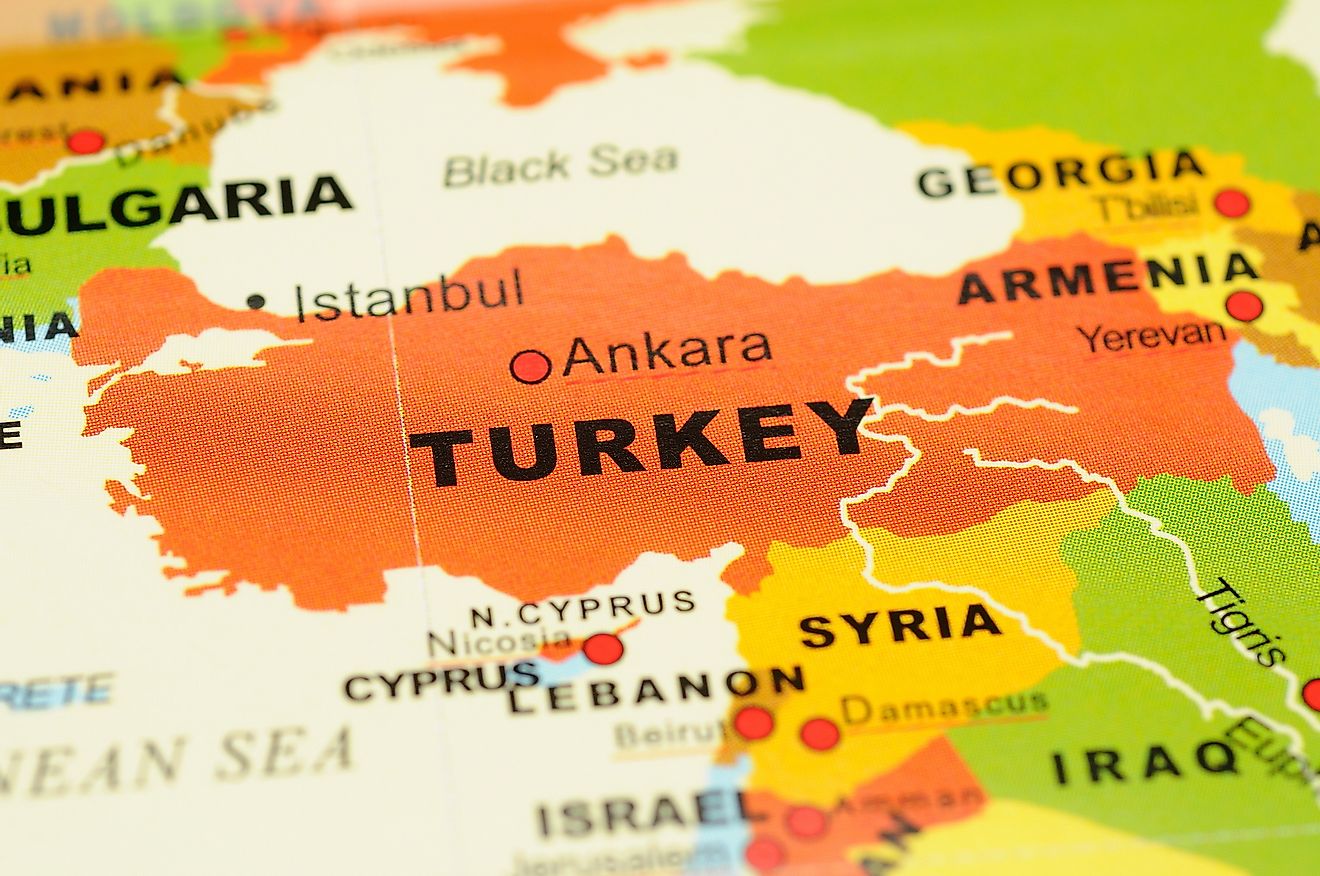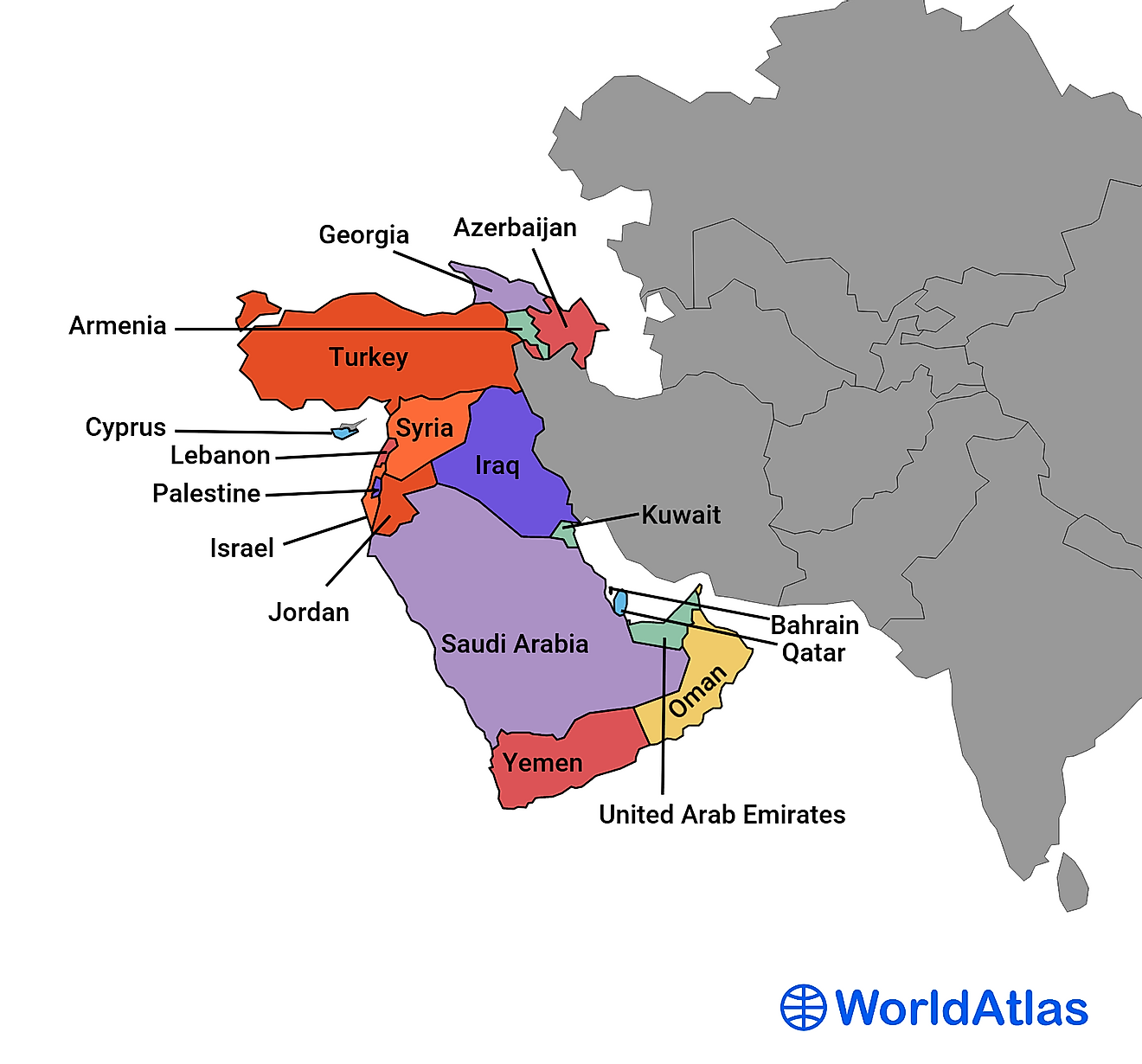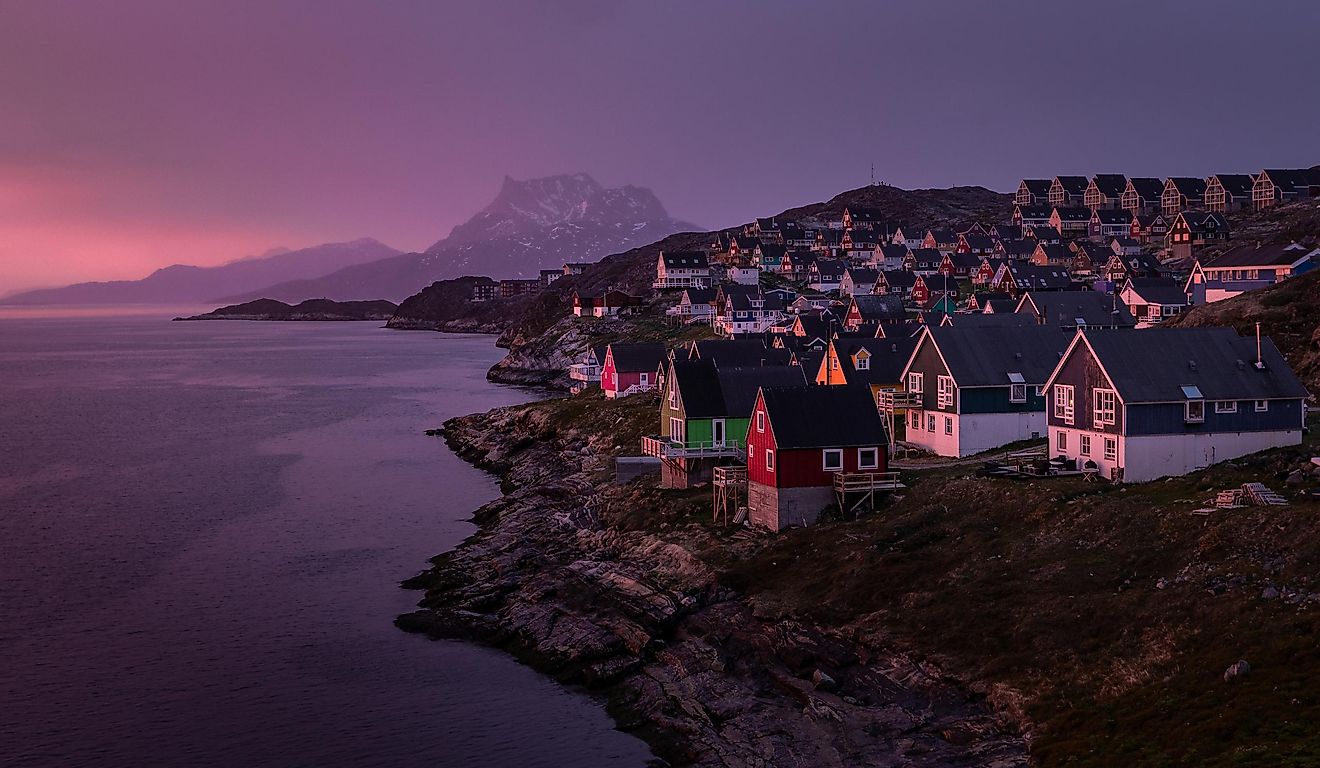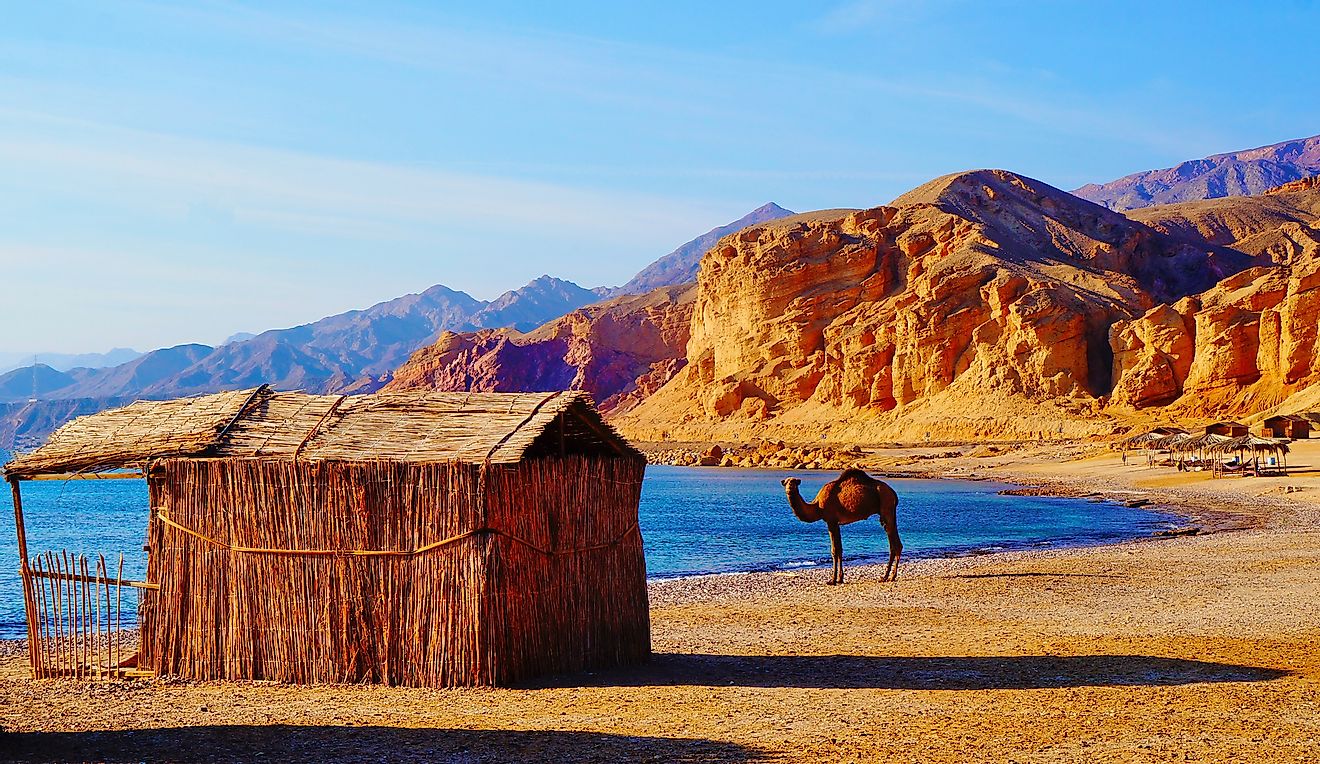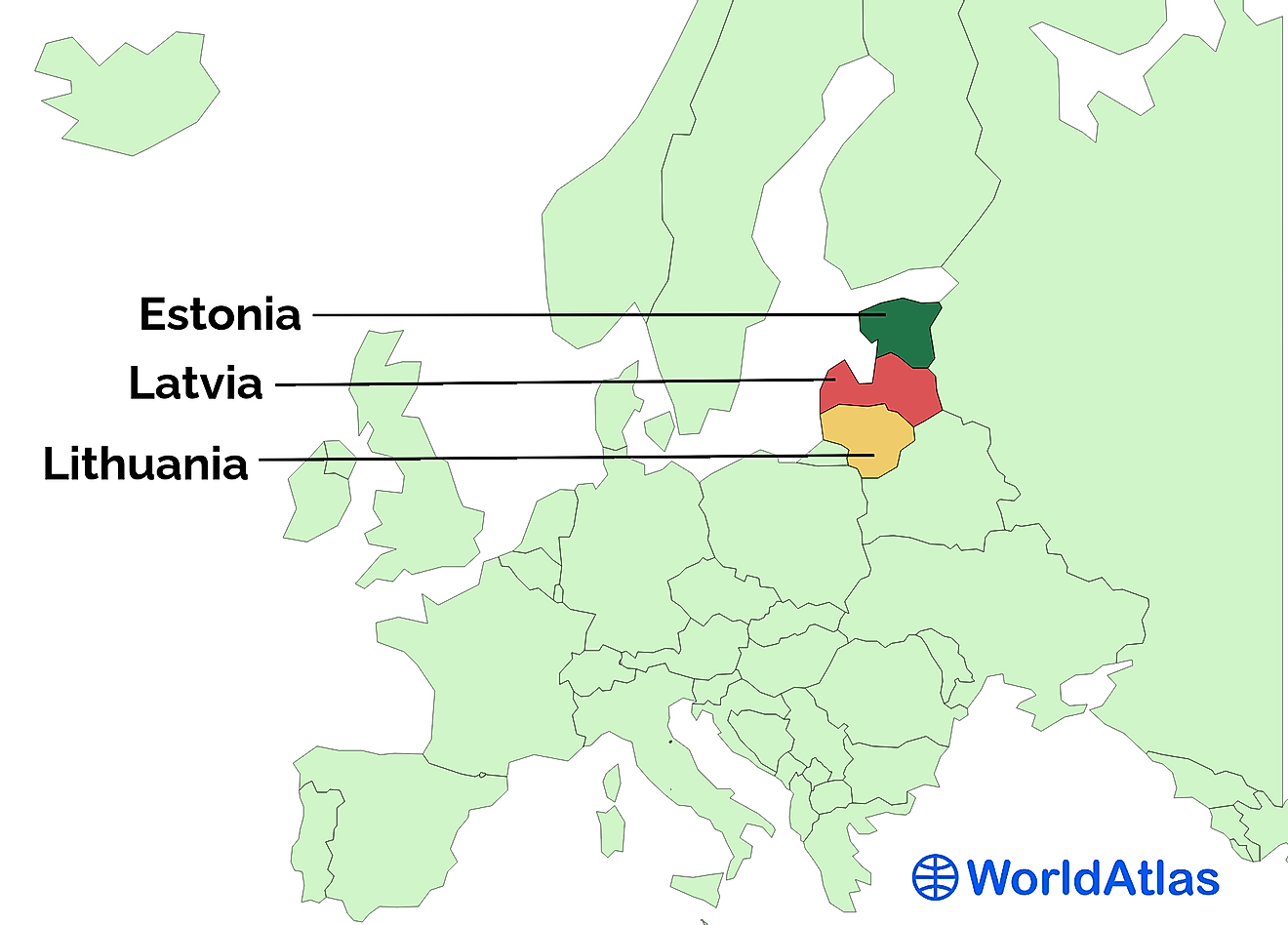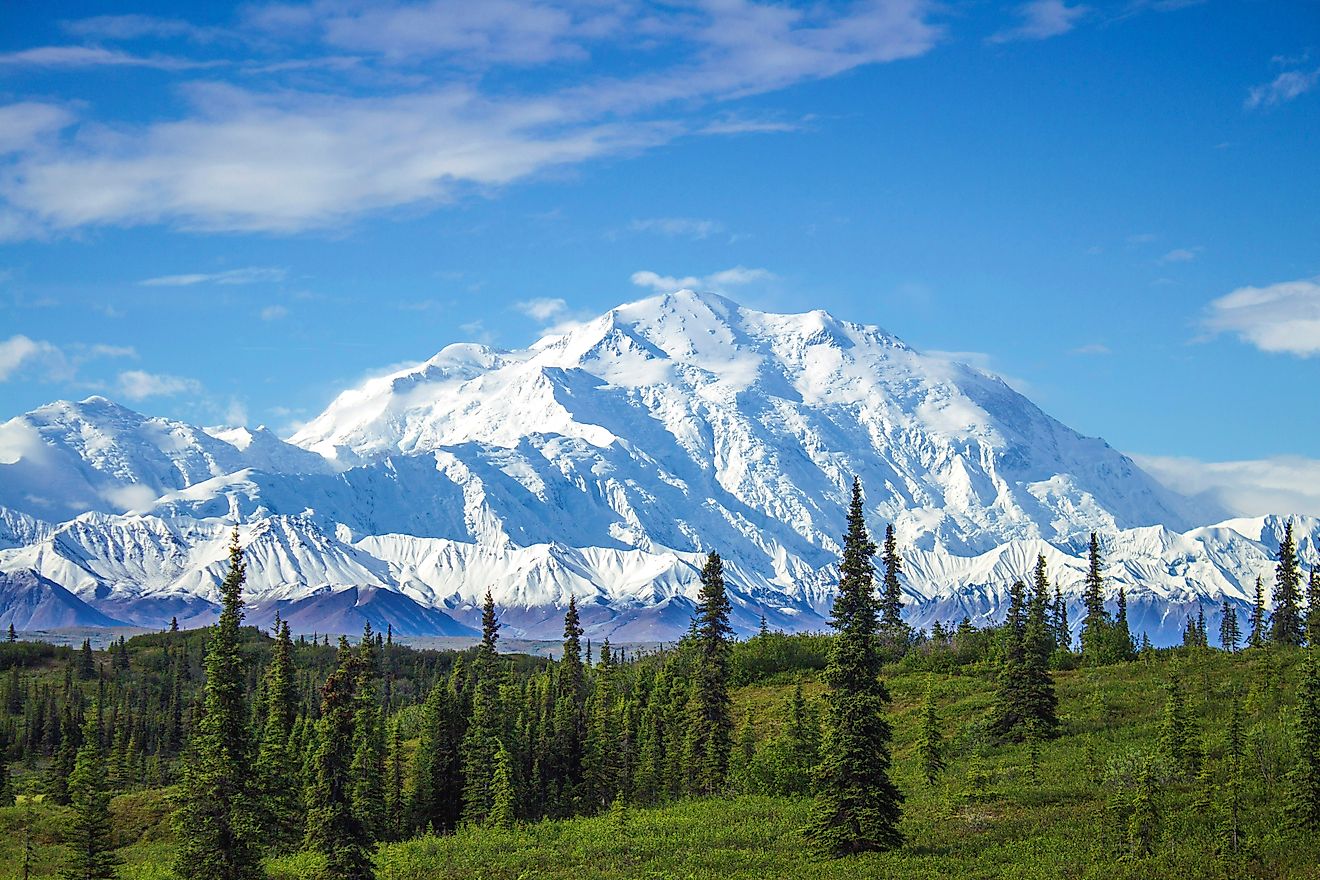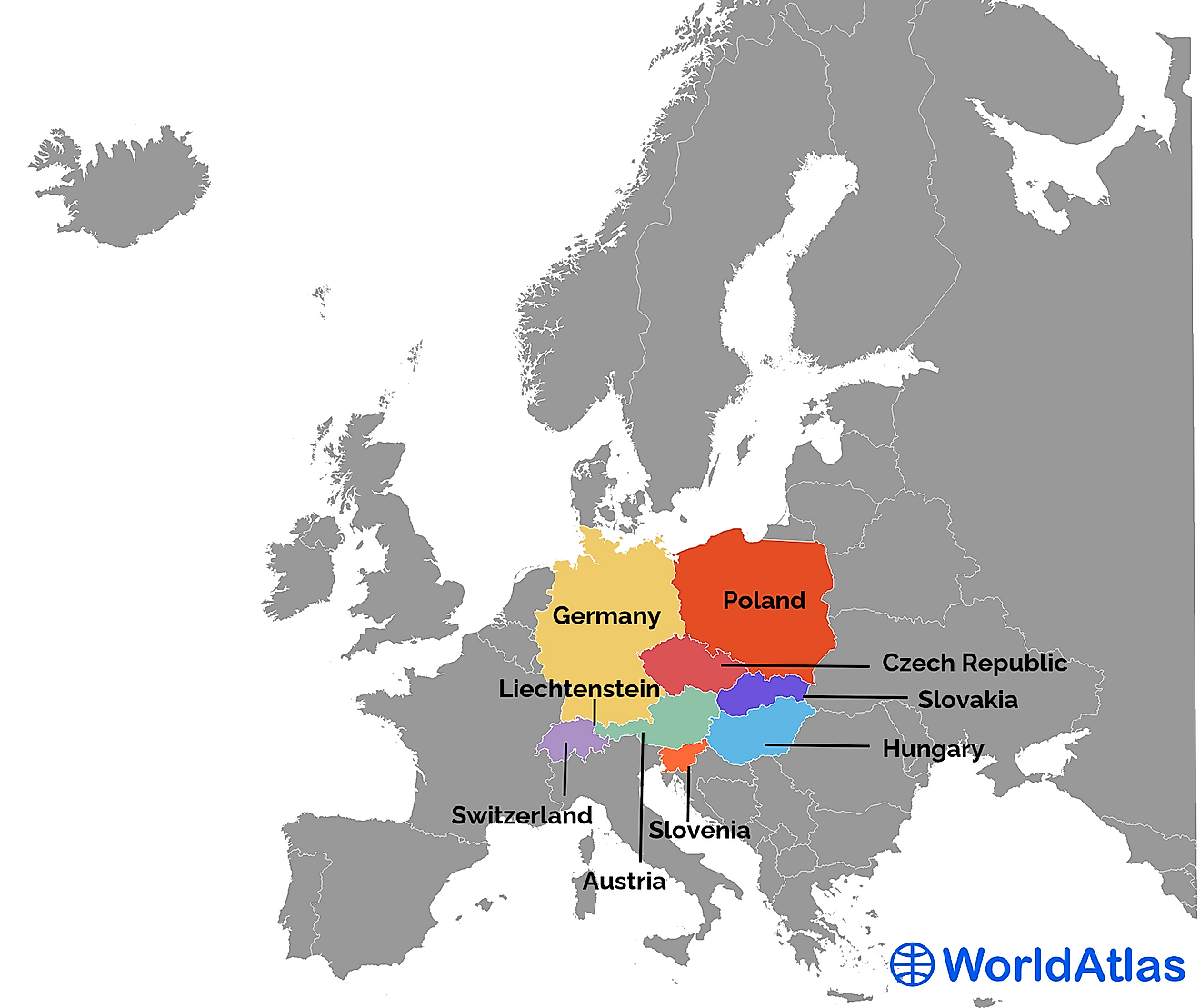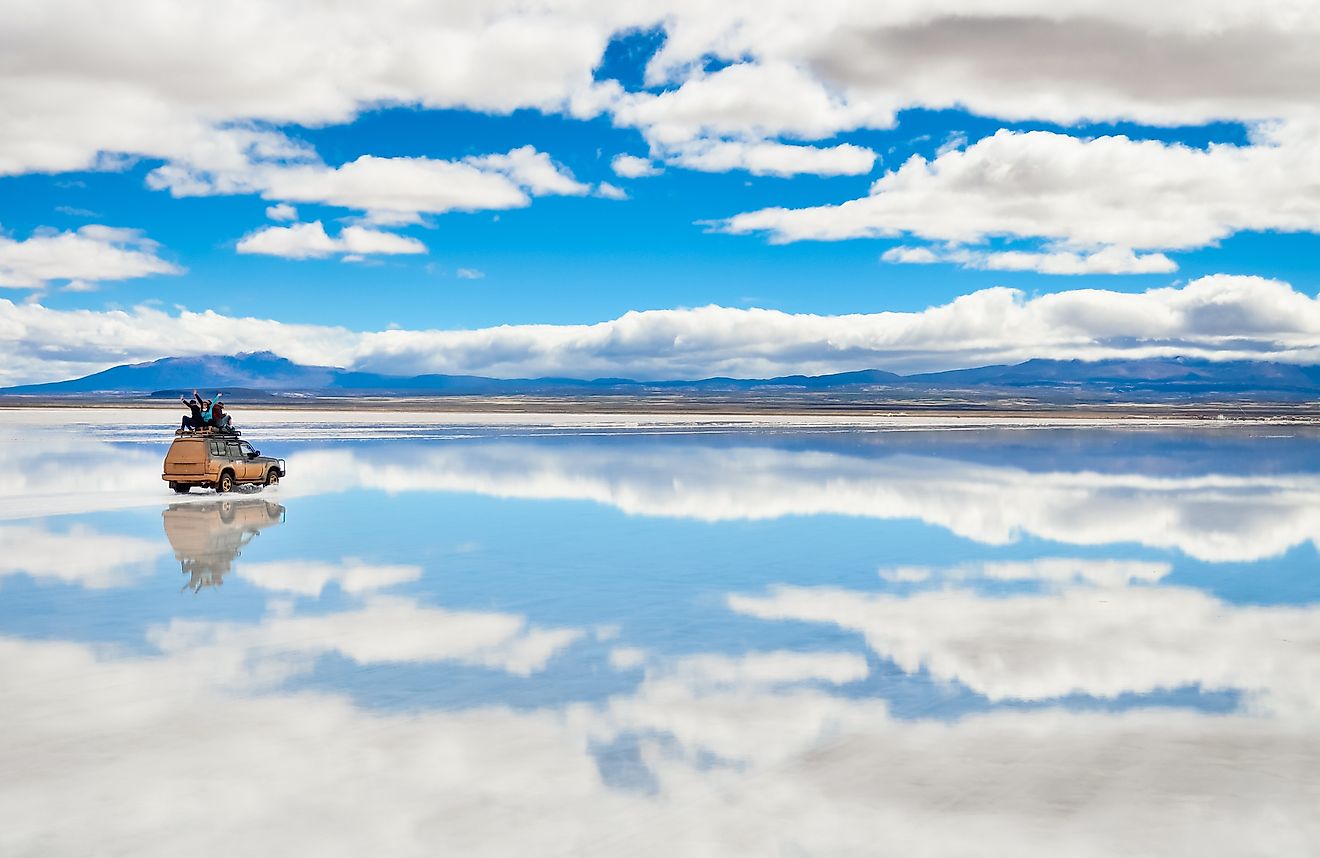Balkan Countries

- The Balkan Countries are the countries of the Balkan Peninsula.
- There are 11 countries that have all or part of their territory on the Balkan Peninsula.
- The three most dominant religions in the Balkan Countries are Eastern Orthodox Christianity, Roman Catholicism, and Islam.
- Most of the Balkan Countries are now members of the European Union. Some are also members of NATO.
The word, “Balkans” is a Turkish term that literally means, “Chain of wooded mountains.” Originally, the term referred to the Balkan mountain range in Bulgaria, but was eventually used to denote the entire Balkan Peninsula.
Geography Of The Balkan Peninsula

The northern border of the Balkan Peninsula is generally considered to be the Sava and Danube rivers. The peninsula is bordered to the west by the Adriatic Sea, to the southwest by the Ionian Sea, to the south by the Aegean Sea and the Mediterranean Sea, to the east by the Black Sea, and to the southeast by the Dardanelles and Bosporus Straits, which separate the peninsula from the Anatolian part of Turkey.
Balkan Countries
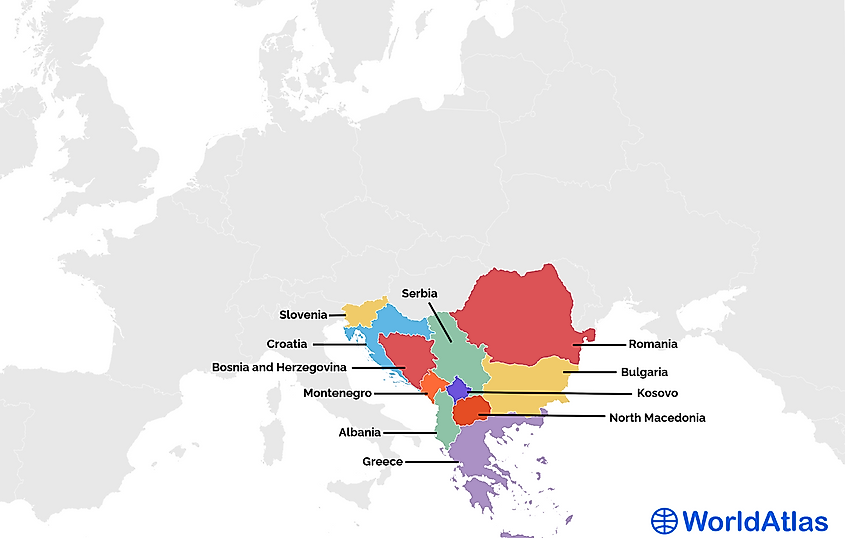
The term “Balkan Countries”, or simply “The Balkans”, refers to the countries that are located on the Balkan Peninsula, which is situated in southeastern Europe. There is, however, a distinction between what constitutes the Balkan Countries from a geographical perspective and what constitutes them from a political perspective. In terms of geography, the boundaries of the Balkan Peninsula in the north are generally considered to be the Danube and Sava rivers. Thus, from a geographical perspective, the Balkan Peninsula includes most of Slovenia, southeastern Romania, Croatia, Serbia, Bosnia and Herzegovina, North Macedonia, Albania, Montenegro, Bulgaria, continental Greece, and the European part of Turkey. In terms of politics, however, Greece and Turkey are normally excluded from the discourse of Balkan affairs.
The Peoples Of The Balkan Countries

The Balkan Peninsula is home to many different peoples, cultures, and languages. Most of the languages in the region belong to the Slavic family of languages, or more specifically, the Southern Slavic family. Indeed, the term, “Yugoslavia”, which included the countries of Slovenia, Croatia, Bosnia and Herzegovina, Serbia, Montenegro, Kosovo, and North Macedonia, literally means, “Land of the Southern Slavs.” Thus, Southern Slavic languages are the most widely spoken in all the countries of the former Yugoslavia, with the exception of Kosovo. Bulgarian is also a Southern Slavic language, though Bulgaria was never part of Yugoslavia.
Interestingly, Southern Slavic languages do not all have the same alphabet. Whereas the Slovenes and Croats write their languages using a Latin script, the other Slavic states use a Cyrillic script. The non-Slavic languages of the Balkans are Romanian, Albanian, Greek, and Turkish.

In terms of ethnicity, the borders of the Balkan states are largely drawn along ethnic lines, with the exception of Bosnia and Herzegovina, which includes Serbs, Croats, and Bosniaks, a term denoting Bosnian Muslims. There are also minority communities in most of the Balkan countries. There are, for example, many ethnic Albanians in the northwest of North Macedonia. Serbia has a large Hungarian community in the northern part of the country, and the southeast of Bulgaria contains a significant number of Turks or Turkish-speaking people.

In the case of religion, the Balkan Peninsula is overwhelmingly Christian, with the exception of the Bosniaks, Kosovars, and Albanians, who are mostly Muslim. The Christians of the Balkans follow different denominations. The Serbs, Montenegrins, Macedonians, Bulgarians, Romanians, and Greeks are adherents of Eastern Orthodox churches, while most Croats and Slovenes are Roman Catholics. Ethnic and religious tensions have been the cause of numerous armed conflicts in the Balkans.
A Brief History Of The Balkans

In ancient times, the Balkan Peninsula was largely dominated by the Greeks and Illyrians, the latter of whom were the precursors of the modern-day Albanians. The Roman Empire was the last ancient empire to dominate the region, before it split apart, and the Eastern Roman Empire became the Byzantine Empire. Slavs arrived in the Balkans around the time when the West Roman Empire fell, in 476 CE. About two hundred years later, the Bulgarian Empire controlled vast swathes of the Balkans. In the 10th century, the first Serbian kingdom was established.

By the mid-14th century, the Ottoman Turks began their expansion into the Balkans. By the end of the 15th century, nearly the entire Balkan Peninsula was controlled by the Ottoman Empire. Ottoman control of most of the Balkans would remain until the 19th century, when the peoples of the Balkans began to rebel against their Turkish rulers. By the end of the 19th century, the Greeks, Serbs, Romanians, and Montenegrins had all regained their independence. Bulgaria regained its independence in 1908. In the Balkan Wars of 1912-1913, Serbia, Bulgaria, Greece, and Montenegro sought to push the Ottoman Empire out of their remaining European territory. For the most part, they succeeded, and by the eve of World War I, the Ottoman Turks were driven out of the entire Balkan Peninsula, except for the small area that is still part of Turkey today.

When WWI began, the Austro-Hungarian Empire had control over present-day Slovenia, Croatia, and Bosnia and Herzegovina. But after the war, the Austro-Hungarian Empire was dissolved, and the Slovenes, Croats, and Bosnians were freed from its control. Shortly thereafter, the Kingdom of Serbs, Croats, and Slovenes was created. It would later change its name to Yugoslavia. Nazi Germany invaded and conquered the entire Balkan Peninsula during World War II. After WWII, most of the Balkan Countries, except Greece, fell under communist control.

Communist rule ended in the Balkans in the late 1980s and early 1990s. The early 1990s was also when the violent breakup of Yugoslavia began. Slovenia and Croatia were the first to break away, followed by Bosnia and Herzegovina. In the case of Bosnia and Herzegovina, atrocities committed by the warring parties resulted in NATO intervention. A peace deal in 1995 finally put an end to the Bosnian conflict. Four years later, the ethnic Albanian majority in the Serbian province of Kosovo rebelled against the Yugoslav government. Again, NATO intervened to protect the Kosovo Albanians from retaliation at the hands of the Yugoslav authorities. In 2006, Montenegro voted in favor of independence, thus bringing an end to the country known as Yugoslavia.
The Balkans Today
Most of the Balkan Countries are now members of the European Union (EU). Some are also members of NATO. Ethnic tensions are still visible in the countries that made up Yugoslavia. The issue of Kosovo in particular has still not been resolved. Kosovo declared independence in 2008, but its sovereignty is not recognized by Serbia, from which it broke away, nor is it recognized by the United Nations.
